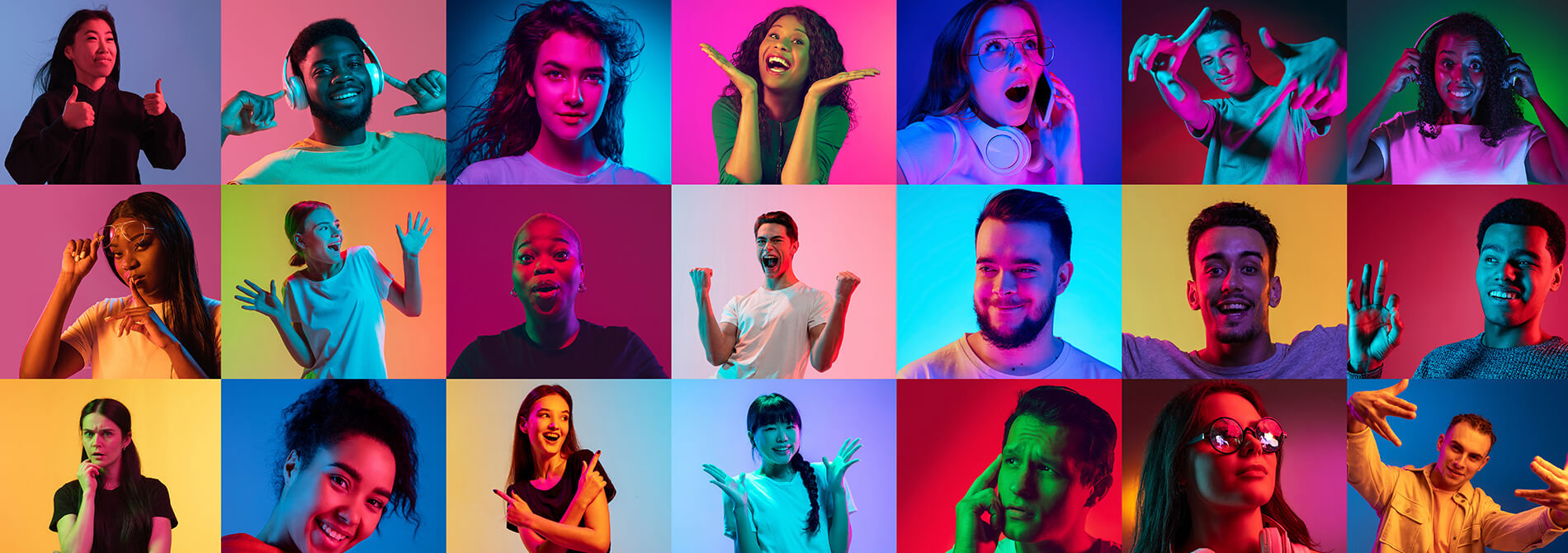X (Twitter) Engagement Rate Benchmark
Monthly historical data

X (Twitter) Benchmarks
Average X (Twitter) Engagement Rate last month
Each month we publish the average X (Twitter) Engagement Rate benchmark based on the hundreds of thousands of tweets from all around the world indexed by Social Status. Data comes from our Competitor Analytics tool which enables performance tracking of X (Twitter) profiles.
The average Engagement Rate on X (Twitter) last month was:
How has the X (Twitter) Engagement Rate changed over time?
This chart shows the historical X (Twitter) Engagement Rate for the past year. As you can see, the monthly average is seldom static so its important to benchmark your performance on X (Twitter) against the monthly average. Use Competitor Analytics to benchmark your X (Twitter) Profile against your competitors.
Highest engaged tweets on X (Twitter)
Below are the highest engaged tweets last month. Use the Time Interval dropdown to see previous months. These tweets have the highest Engagement Rate across hundreds of thousands of tweets published last month. You can tap the date on any post to open it directly on X (Twitter):
How to calculate Engagement Rate on X (Twitter)
There are three different ways to calculate the Engagement Rate (ER) on X (Twitter)
Unfortunately there is no “right or wrong” way to calculate it – just different approaches.
Let’s run through them..
1. Public Engagement Rate
This is the most common method and its used right here on this very page to calculate the X (Twitter) Benchmark. When benchmarking against competitors you’re limited to just the publicly viewable interactions only. For X (Twitter) this is Likes and Retweets:
Tweet ER = (Likes + Retweets) divided by Followers
Profile ER = Average of all Post ER’s during the given time interval (ie: last month)
Notice how we divide by Followers (not Impressions). This is because Impressions is a private metric and not available publicly. Impressions can only be seen by users with admin access to the profile. This is why we divide the public Interactions by the Followers.
2. Private Engagement Rate
This is the true way to calculate the X (Twitter) Engagement Rate and its what we recommend:
Tweet ER = (Likes + Replies + Retweets + Video Views + Video Engagements + URL Clicks + User Profile Clicks + Hashtag Clicks + Detail Expands) divided by Impressions
Profile ER = Average of all Post ER’s during the given time interval (ie: last month)
BUT, the only way you can benchmark the Private Engagement Rate is against yourself over time (ie: month-over-month). For competitor benchmarking, you’ll need the first method. If you’re wondering why the Tweet ER is not divided by Reach, its because the Reach metric doesn’t exist on X (Twitter)!
3. Private Engagement Rate (Likes, Replies Retweets only)
Some marketers base their ER on the Likes, Replies & Retweets only:
Tweet ER = (Likes + Replies + Retweets ) divided by Impressions
Profile ER = Average of all Post ER’s during the given time interval (ie: last month)
The rationale for this is that Likes, Replies and Retweets are real interactions whereas the others are not only hidden from public view but are also “light-weight” actions. As for Video Views, no physical action takes place but one could argue that someone watching a video is indeed engagement in itself.
What affects the X (Twitter) Engagement Rate?
There are many factors which affect the performance of Tweets organically, here are just a few:
– The way people interact with your tweets (likes vs replies vs retweets)
– Using different media types (text vs photos vs videos vs threads)
– Changes to X (Twitter)’s algorithm
– Tweeting about different themes and subjects
– When you tweet (day and time)
– Using Hashtags or mentioning others

Social Media Analytics
Voted Best By You

- Quick Setup in Seconds
- Transparent Pricing
- Easy Monthly Billing, No Contracts
- Responsive Customer Support
Let’s Spill The Tea
Social Status Insights
Get our monthly social benchmarks, updates and tips via email


